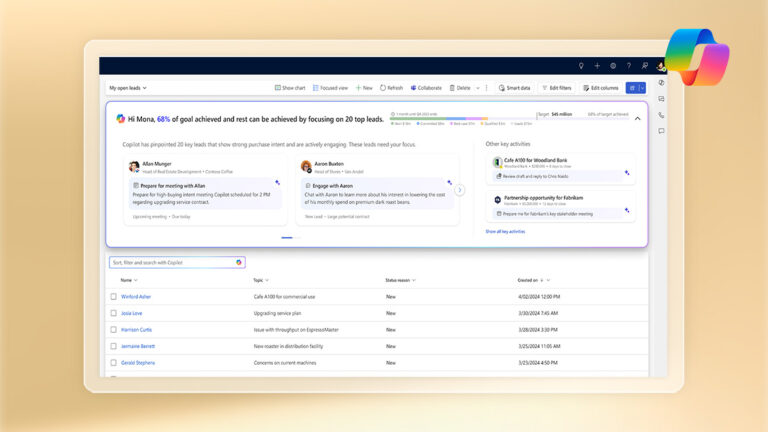Salesforce is one of the most widely used Customer Relationship Management (CRM) tools in the world. It provides a platform for organizations to build, customize, and deploy applications on the cloud. Salesforce offers a wide range of features and functionalities that can be customized according to the specific needs of an organization. One such feature is the packaging.
Packaging is a process of bundling components such as code, metadata, and other related resources into a single container. It allows developers to distribute their applications and components as a single entity. Salesforce provides two types of packaging: managed and unmanaged.
Managed Packages
Managed packages are a way to distribute and sell custom applications and components on the Salesforce AppExchange. They are designed to be sold or distributed as a complete application, and once installed, they can be upgraded or uninstalled by the developer who created them. Managed packages provide the following benefits:
- Protection of Intellectual Property: Managed packages provide a high degree of intellectual property protection. Once a managed package is installed, the components in the package cannot be edited or deleted by the user. This ensures that the developer’s code and customizations are protected.
- Version Control: Managed packages provide version control, allowing developers to create different versions of their packages. This enables them to offer updates and bug fixes to their users.
- Upgradeability: Managed packages can be upgraded or uninstalled by the developer who created them. This ensures that the application remains up-to-date and relevant.
- License Management: Managed packages can be licensed and sold on the Salesforce AppExchange. This enables developers to monetize their applications and components.
Don’t forget to check out: Resolution of Managed Packages – Salesforce DX Developer Guide
Unmanaged Packages
Unmanaged packages are designed to be used in development and testing environments. They are not intended to be distributed or sold on the Salesforce AppExchange. Unmanaged packages provide the following benefits:
- Flexibility: Unmanaged packages provide a high degree of flexibility, as the components in the package can be edited or deleted by the user. This allows developers to make changes to their code and customizations as needed.
- Ease of Deployment: Unmanaged packages can be deployed quickly and easily between different Salesforce organizations.
- Testing: Unmanaged packages are useful for testing purposes, as they allow developers to test their code and customizations in a controlled environment.
- Free: Unmanaged packages are free to use, making them a cost-effective solution for development and testing purposes.


![]() Check out another amazing blog by Mohit here: The Most Important Pardot Automation Rules You Need to Know in 2023
Check out another amazing blog by Mohit here: The Most Important Pardot Automation Rules You Need to Know in 2023
Conclusion
In conclusion, managed and unmanaged packages are both valuable tools in the Salesforce development process. Managed packages provide protection of intellectual property, version control, upgradeability, and license management, while unmanaged packages provide flexibility, ease of deployment, and testing, and are free to use. The choice of which package to use depends on the intended use case, whether for commercial purposes or development and testing purposes. It is important for developers to carefully consider their requirements and choose the appropriate packaging type accordingly.
The post What are Managed & Unmanaged Packages in Salesforce in 2023? appeared first on Forcetalks.











